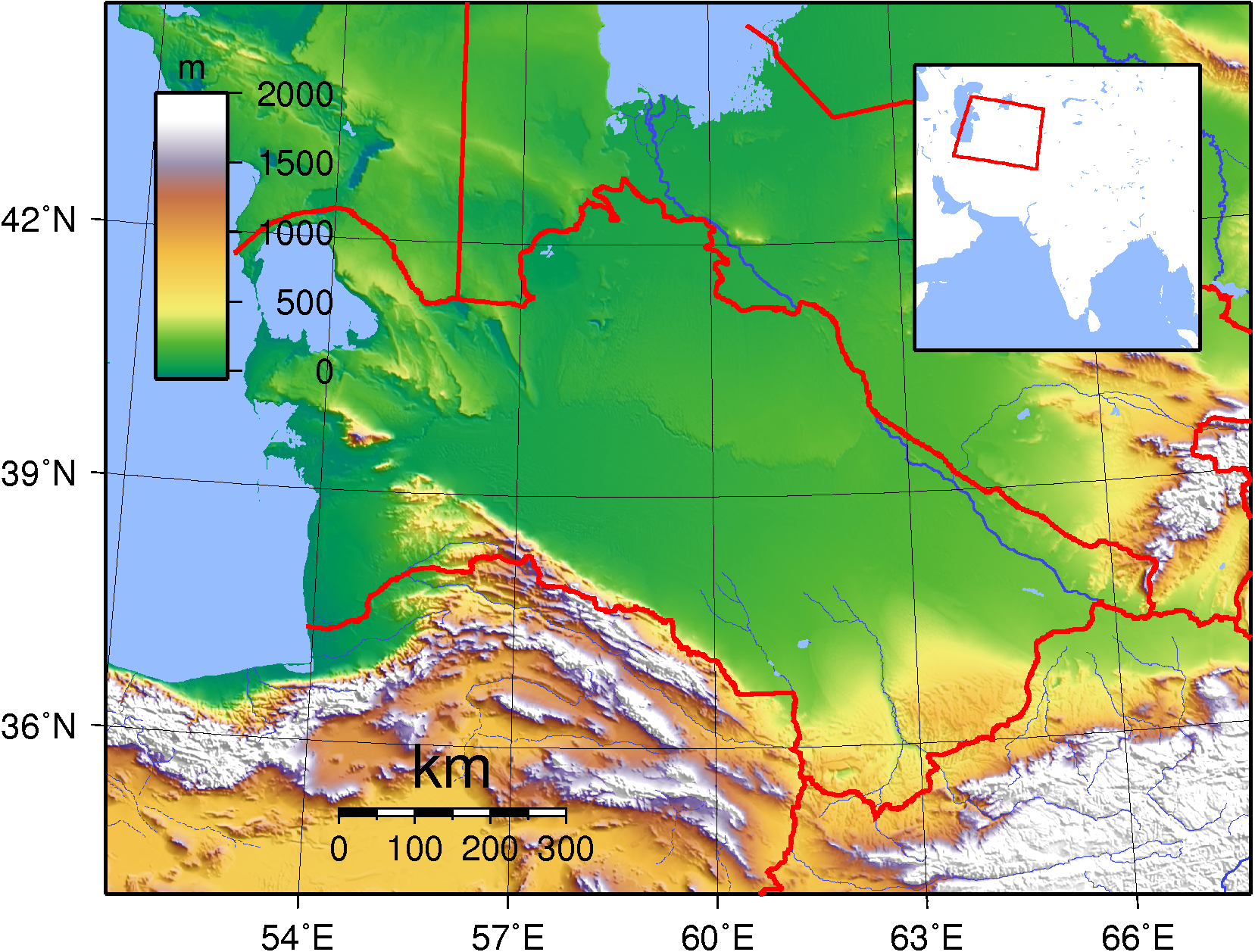|
Tamarix Leptopetala
''Tamarix leptopetala'' is a species of tree in the family Tamaricaceae. It is native to Iran and Turkmenistan and Transcaucasus. Sources References {{Taxonbar, from=Q65275431 Tamarix, leptopetala Flora of Iran Flora of Turkmenistan Plants described in 1852 ... [...More Info...] [...Related Items...] OR: [Wikipedia] [Google] [Baidu] |
Tamaricaceae
The Tamaricaceae, the tamarisk family, are a family of plants native to drier areas of Europe, Asia, and Africa. It contains four genera: ''Tamarix'' (with 73 species), '' Reaumuria'' (25 species), '' Myricaria'' (13 species), and '' Myrtama'' (a single species). In the 1980s, the family was classified in the Violales under the Cronquist system; more modern classifications (Angiosperm Phylogeny Group) place them in the Caryophyllales Caryophyllales ( ) is a diverse and heterogeneous order of flowering plants with well-known members including cacti, carnations, beets, quinoa, spinach, amaranths, pigfaces and ice plants, oraches and saltbushes, goosefoots, sundews, Venu .... Many of the plants in the family grow on saline soils, tolerating up to 15,000 ppm soluble salt and can also tolerate alkaline conditions. The leaves are generally scale-like, measure 1–5 mm long, overlap each other along the stem, and in some species are encrusted with salt secretions. Refe ... [...More Info...] [...Related Items...] OR: [Wikipedia] [Google] [Baidu] |
Tamarix
The genus ''Tamarix'' (tamarisk, salt cedar, taray) is composed of about 50–60 species of flowering plants in the family Tamaricaceae, native to drier areas of Eurasia and Africa. The generic name originated in Latin and may refer to the Tamaris River in Hispania Tarraconensis (Spain). Description They are evergreen or deciduous shrubs or trees growing to in height and forming dense thickets. The largest, ''Tamarix aphylla'', is an evergreen tree that can grow to tall. They usually grow on saline soils, tolerating up to 15,000 ppm soluble salt, and can also tolerate alkaline conditions. Tamarisks are characterized by slender branches and grey-green foliage. The bark of young branches is smooth and reddish brown. As the plants age, the bark becomes gray-brown, ridged and furrowed. The leaves are scale-like, almost like that of junipers, long, and overlap each other along the stem. They are often encrusted with salt secretions. The pink to white flowers appear in dense ... [...More Info...] [...Related Items...] OR: [Wikipedia] [Google] [Baidu] |
Flora Of Iran
The wildlife of Iran include the fauna and flora of Iran. One of the most famous animals of Iran is the critically endangered Asiatic cheetah (''Acinonyx jubatus venaticus''), which today survives only in Iran. Another notable species is the Iranian ground jay (''Podoces pleskei''), the only bird endemic to Iran. History The animals of Iran were described by Hamdallah Mustawfi in the 14th century. In the 18th and 19th centuries, Samuel Gottlieb Gmelin and Édouard Ménétries explored the Caspian Sea area and the Talysh Mountains to document Caspian fauna. Several naturalists followed in the 19th century, including Filippo de Filippi, William Thomas Blanford, and Nikolai Zarudny who documented mammal, bird, reptile, amphibian and fish species. The Complete Fauna of Iran by Eskandar Firouz, documents a wide range of species across the country’s ecosystems Flora More than one-tenth of the country is forested. The most extensive forest is found on the mountain slopes rising from t ... [...More Info...] [...Related Items...] OR: [Wikipedia] [Google] [Baidu] |
Flora Of Turkmenistan
The wildlife of Turkmenistan is the flora and fauna of Turkmenistan, and the natural habitats in which they live. Turkmenistan is a country in Central Asia to the east of the Caspian Sea. Two thirds of the country is hot dry plains and desert, and the rest is more mountainous. Very little rain falls in summer and the chief precipitation occurs in the southern part of the country in the winter and spring. The Caspian coast has milder winters. The desert sees limited plant growth in the winter, with grasses and xeric plants and shrubs sprouting, and with the arrival of spring, the rains encourage the growth and flowering of ephemeral plants. The mountains in the south of the country are covered in shrublike and juniper woodlands, and larger trees grow in the gullies and river valleys. A wide range of animals are found in Turkmenistan, including 91 species of mammal, 82 species of reptile and nearly 400 species of bird. A number of nature reserves and sanctuaries have been created f ... [...More Info...] [...Related Items...] OR: [Wikipedia] [Google] [Baidu] |
